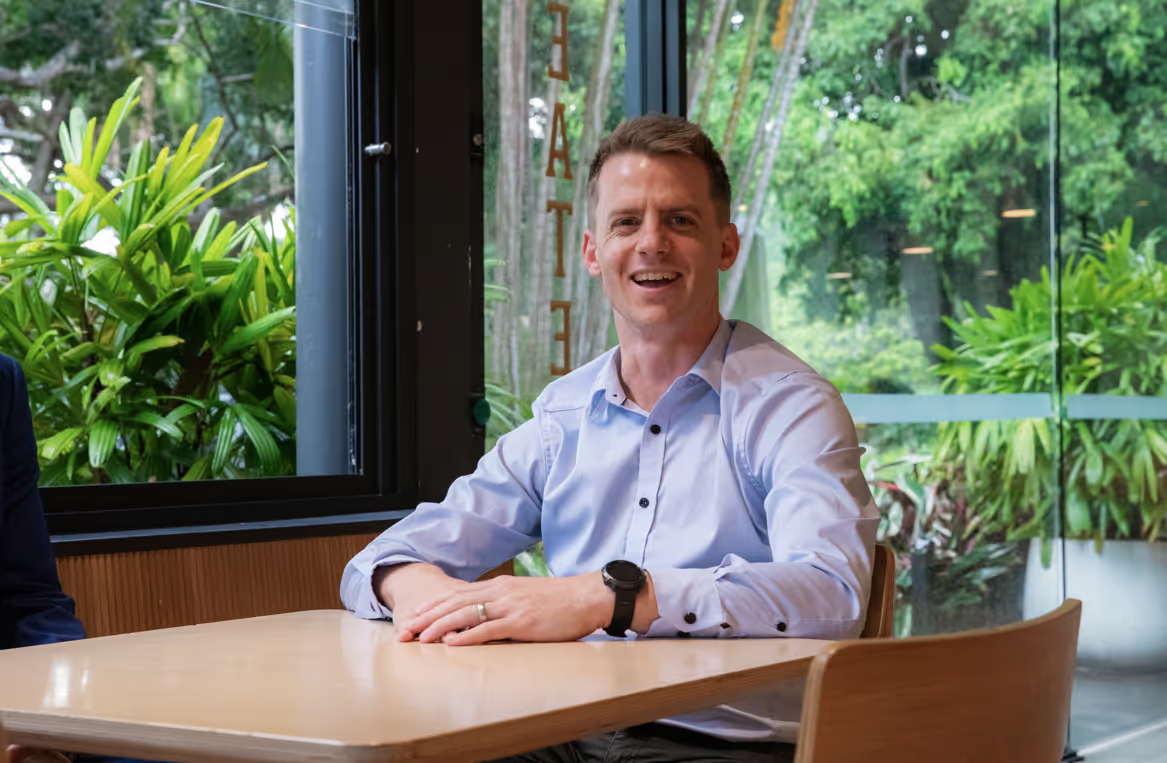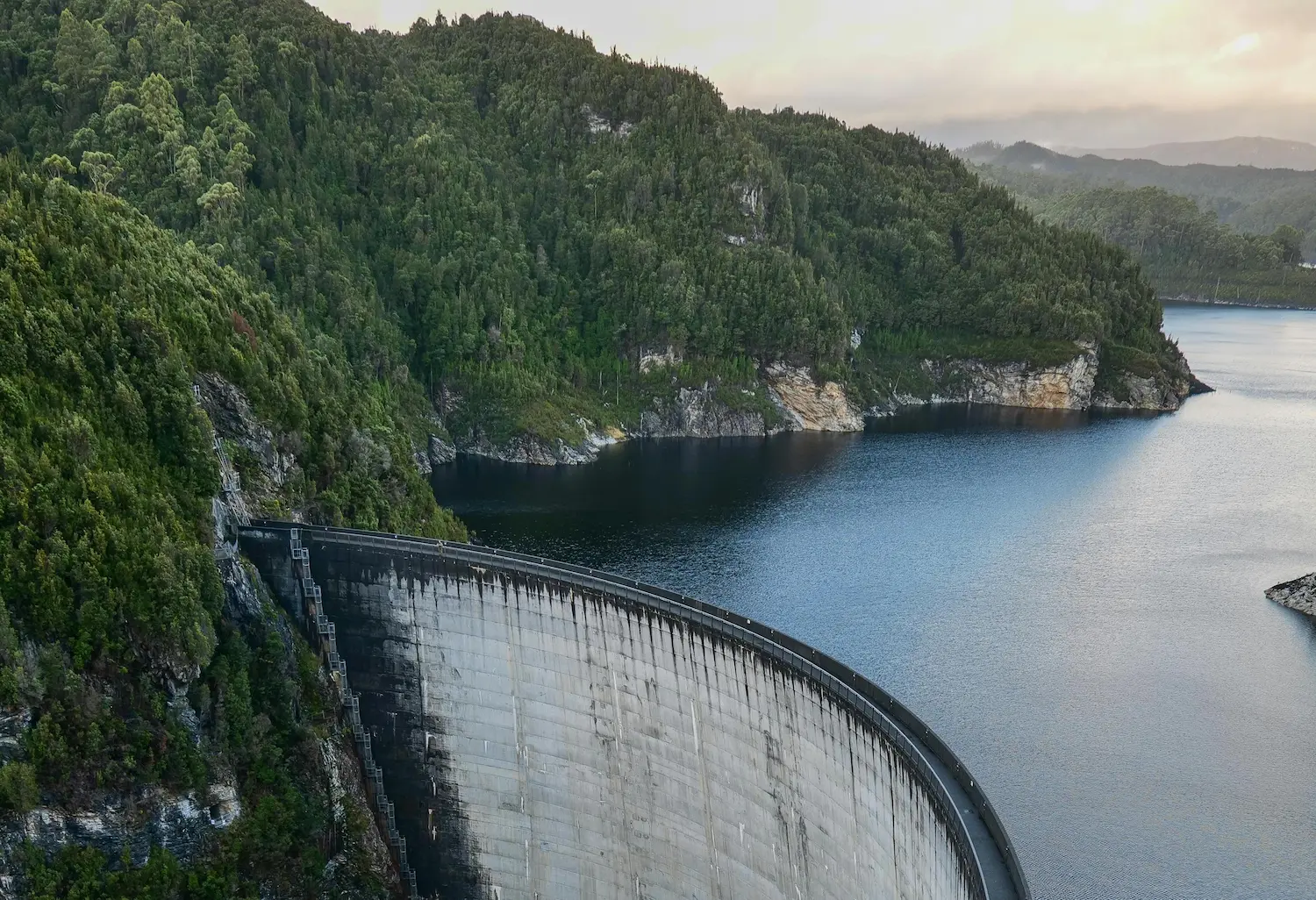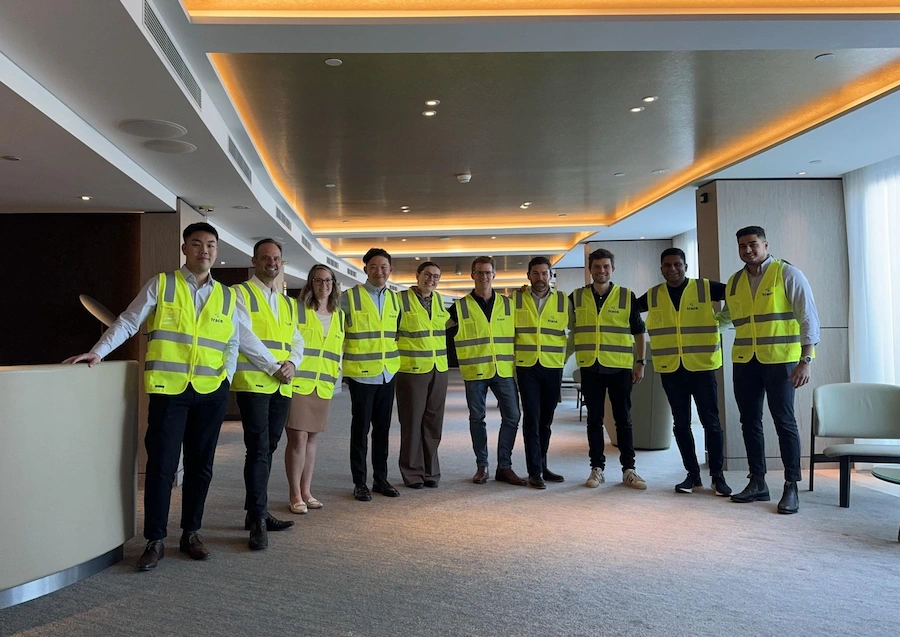Ready to turn insight into action?
We help organisations transform ideas into measurable results with strategies that work in the real world. Let’s talk about how we can solve your most complex supply chain challenges.

Interviewer: Welcome, Mathew Tolley, to our in-depth discussion on improving supply chain resilience against geopolitical shocks and risks. In today's volatile global environment, businesses are keen to understand how they can safeguard their operations. We're looking forward to your insights on implementing n-tier supply chain assessments and more.
Mathew Tolley: Thank you. It's crucial now more than ever for businesses to fortify their supply chains against a variety of risks. I'm eager to share how strategic assessments and adjustments can make a substantial difference.

The Need for Resilient Supply Chains
Interviewer: To start us off, why is there a growing need for supply chain resilience in today's political and economic climate?
Mathew Tolley: Current global dynamics, including trade tensions, regulatory changes, and unpredictable events, have highlighted the vulnerability of extended, globalised supply chains. Businesses are realising that to maintain continuity and competitive advantage, they must build resilience into their supply chains. This means being able to quickly adapt to disruptions, whether they're caused by geopolitical issues, natural disasters, or market changes.
N-tier Supply Chain Assessments
Interviewer: Can you explain what n-tier supply chain assessments are and how they contribute to resilience?
Mathew Tolley: Certainly. N-tier supply chain assessments involve analysing not just your immediate suppliers (the first tier) but also their suppliers and so on down the line. This deep dive helps map out concentration risks, critical item risks, and overall supplier health. By understanding where vulnerabilities lie, businesses can develop strategies to mitigate these risks, such as diversifying suppliers or building inventory buffers.
Mapping Concentration Risk
Interviewer: How does identifying concentration risk help businesses?
Mathew Tolley: Many businesses may find that they, or their suppliers, rely heavily on a single geographic region or supplier for critical components. This concentration can be risky if that region or supplier faces disruptions. By mapping these risks, businesses can take proactive steps to diversify their supply sources or develop contingency plans, significantly reducing potential impacts.
Addressing Critical Item and Supplier Risk
Interviewer: What about critical items and supplier risks?
Mathew Tolley: Identifying which items are critical to your operations and understanding the health and reliability of the suppliers providing them are essential. It's about knowing which parts of your supply chain are most vulnerable and which suppliers you need to work closely with to ensure continuity and reliability.
De-globalisation Trends: The US and Australia
Interviewer: You mentioned de-globalisation trends, particularly in the US. How do you see this affecting Australian businesses?
Mathew Tolley: The US is indeed undergoing a rapid re-localisation in response to supply chain disruptions and geopolitical tensions. Australian businesses, particularly in sectors like technology, pharmaceuticals, and critical minerals, are likely to experience similar pressures. There's a growing emphasis on securing supply chains, reducing dependency on single sources, and possibly bringing production closer to home or to more politically stable regions.
Cost Reductions and Service Improvements Through Resilience
Interviewer: Can focusing on resilience really lead to cost reductions and service improvements?
Mathew Tolley: Absolutely. While building resilience might initially seem like an added cost, in the long run, it leads to substantial savings by avoiding disruption costs, penalties for delayed deliveries, and lost sales. Moreover, resilient supply chains tend to be more efficient and responsive, leading to better service levels and customer satisfaction.
Implementing N-tier Supply Chain Assessments
Interviewer: What steps should businesses take to implement n-tier supply chain assessments effectively?
Mathew Tolley: First, businesses need to commit to transparency and collaboration with their suppliers. They also need the right tools and technologies to collect and analyse supply chain data. Then, it's about continuously monitoring risks and adjusting strategies as needed. This might mean regularly updating risk assessments, diversifying suppliers, or adjusting inventory strategies.
Role of Technology in Enhancing Resilience
Interviewer: How does technology fit into building supply chain resilience?
Mathew Tolley: Technology is a key enabler of resilience. Advanced analytics, AI, and blockchain, for example, can provide greater visibility and faster insights into risks. They can also help automate response strategies, like rerouting shipments or finding alternative suppliers quickly.
Partnering with Trace Supply Chain Consultants for Enhanced Resilience
Interviewer: Mathew, in light of these challenges, how can Trace Supply Chain Consultants specifically assist organisations and governments in navigating the path to a more resilient supply chain?
Mathew Tolley: At Trace Supply Chain Consultants, we are well positioned to guide businesses and government entities through the complexities of enhancing supply chain resilience. Our team comprises experienced consultants who have deep expertise in various aspects of supply chain management.
- Expert Consultation: Our consultants bring a wealth of industry knowledge and experience, ensuring that the strategies and solutions we provide are not only effective but also tailored to the unique needs of each organisation. We understand the nuances of different sectors and can offer specialised advice accordingly.
- Best-of-Breed Tools and Software: We utilise cutting-edge supply chain tools and software to offer our clients the best possible solutions. This includes advanced analytics for n-tier supply chain assessments, risk mapping tools to identify concentration and critical item risks, and sophisticated forecasting models to enhance demand planning and inventory management.
- Comprehensive Benchmarking Database: Our benchmarking database is a crucial resource. It allows us to provide clients with a clear understanding of where they stand in the industry and identify areas where they can improve. By comparing against best practices and industry standards, we can help clients set realistic yet ambitious targets for their supply chain resilience.
- Customised Solutions and Implementation Support: At Trace, we believe in offering solutions that are not only strategic but also practical and implementable. We work closely with our clients throughout the implementation process, ensuring that the strategies are effectively executed and integrated into their existing operations.
By partnering with Trace Supply Chain Consultants, organisations and government bodies can confidently tackle the challenges of building a resilient supply chain. Our blend of expert advice, advanced technological tools, and comprehensive data insights positions us to guide our clients successfully through this ever-evolving landscape, helping them achieve not just resilience but also cost efficiency and service excellence in their supply chain operations.

Interviewer: Thank you, Mathew, for sharing your expertise on building resilient supply chains. It's clear that in our interconnected world, understanding and mitigating risks at all levels of the supply chain is critical for business continuity and success.
Mathew Tolley: It's been my pleasure. Remember, resilience isn't about avoiding all risks—it's about being prepared to manage and respond to those risks effectively. With the right strategies, tools, and mindset, businesses can turn their supply chains into competitive advantages, even amidst the uncertainties of today's global landscape.
Ready to turn insight into action?
We help organisations transform ideas into measurable results with strategies that work in the real world. Let’s talk about how we can solve your most complex supply chain challenges.









